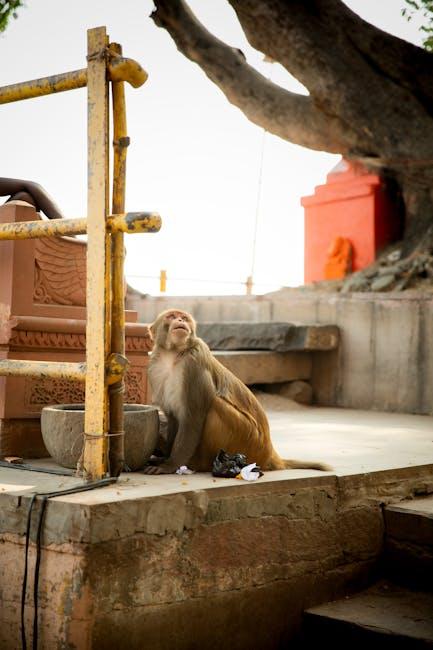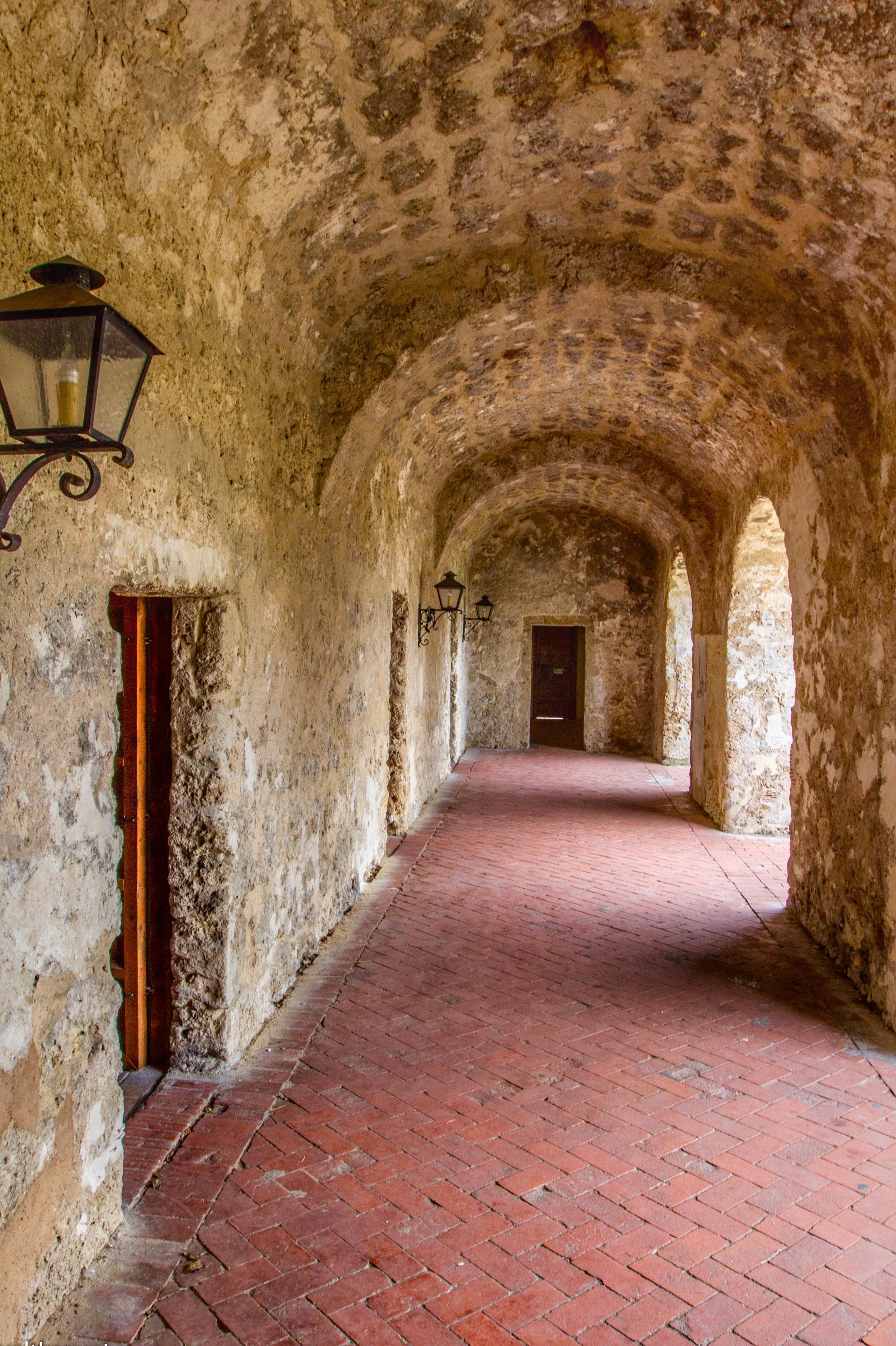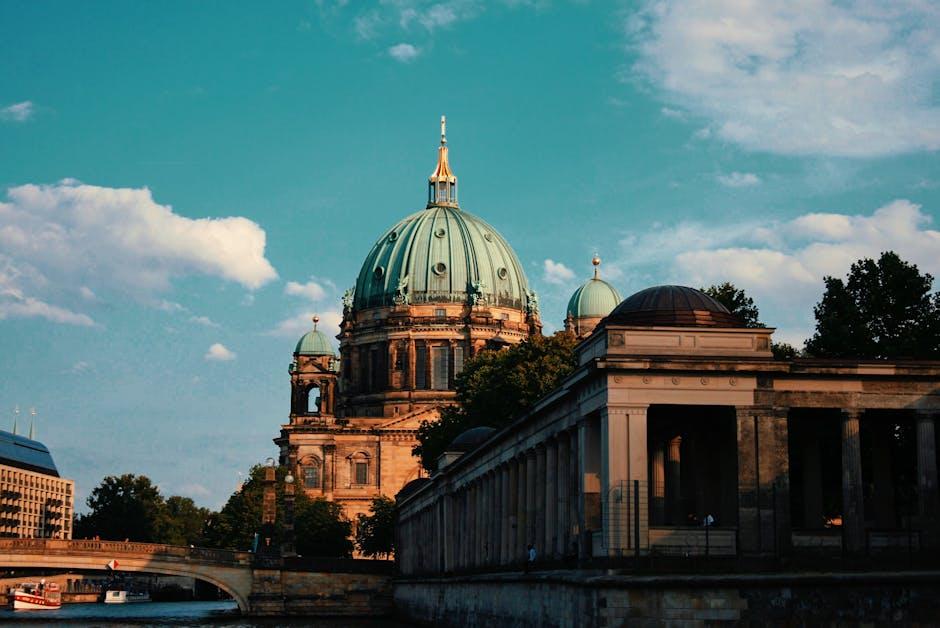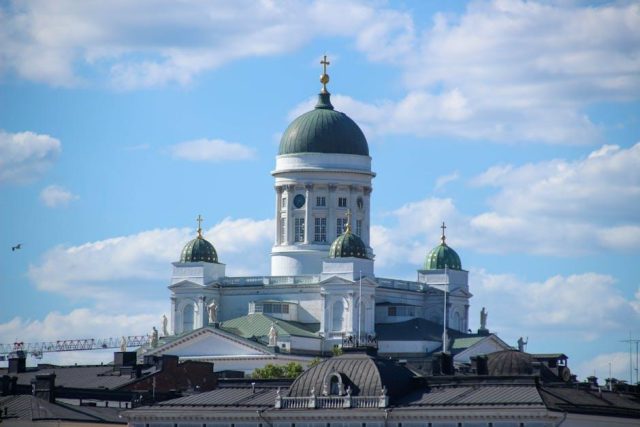In the heart of Europe, where history breathes through cobblestone streets and ancient architecture whispers tales of yore, religious landmarks stand as monumental testaments to faith, art, and culture. These sacred sites, from the soaring spires of Gothic cathedrals to the serene sanctuaries of age-old monasteries, draw millions of tourists each year. Yet, beneath the awe-inspiring beauty and historical intrigue lies a complex tapestry of ethical considerations. As visitors tread the hallowed grounds of these spiritual havens, questions arise about the balance between reverence and curiosity, preservation and exploration. This article delves into the nuanced ethics of visiting Europe’s religious landmarks, exploring how travelers can navigate their journeys with respect, sensitivity, and a deeper understanding of the cultural and spiritual significance embedded within these storied walls.
Respectful Reverence Understanding Cultural Significance
As travelers, it is crucial to approach religious landmarks with an attitude of respectful reverence. These sites are not merely tourist attractions; they hold profound cultural and spiritual significance for many. When visiting such places, consider the following guidelines to ensure your presence is both considerate and informed:
- Research and Understand: Before visiting, take time to learn about the history and significance of the site. Understanding the beliefs and practices associated with the landmark can enrich your experience and demonstrate respect for those who hold it dear.
- Dress Appropriately: Many religious sites have specific dress codes. Ensure your attire is modest and respectful, aligning with the customs and expectations of the site.
- Observe Rituals and Practices: If the site is active in religious practice, observe the rituals with quiet reverence. Participate respectfully if allowed, or simply watch and learn.
- Respect Photography Rules: Some areas may prohibit photography to maintain the sanctity of the space. Always adhere to these rules and ask for permission if unsure.
- Mind Your Conduct: Maintain a respectful demeanor, keeping noise to a minimum and avoiding actions that may disturb others.
Embracing these practices not only enriches your personal experience but also ensures that these sacred spaces remain preserved and respected for future generations. Through such awareness and sensitivity, tourists can become respectful stewards of cultural heritage, fostering a deeper connection with the world’s diverse spiritual landscapes.

Balancing Tourism with Sacred Spaces
Navigating the delicate interplay between tourism and reverence in Europe’s sacred sites is a task requiring both sensitivity and respect. As you step into these hallowed halls and ancient cathedrals, it’s essential to appreciate their dual role as both tourist attractions and places of profound spiritual significance. Visitors should be mindful of the cultural and spiritual values embedded within these landmarks, understanding that they are not mere relics of the past but living symbols of faith for many.
To ensure a respectful visit, consider the following guidelines:
- Dress appropriately: Many religious sites have dress codes that require modest attire.
- Observe silence: Maintaining a quiet demeanor is often expected to preserve the sanctity of the space.
- Respect local customs: Be aware of any rituals or practices occurring during your visit and participate respectfully, if appropriate.
- Photography etiquette: Always check if photography is permitted, as it can be intrusive during worship or ceremonies.
By integrating these practices into your travel itinerary, you not only enhance your own experience but also contribute to the preservation and respect of Europe’s sacred spaces.

Guidelines for Responsible Exploration
When embarking on a journey to explore Europe’s sacred sites, it is crucial to approach each landmark with a mindset of respect and mindfulness. These sites are not merely historical artifacts; they are living places of worship and cultural significance. To ensure your visit is respectful, consider the following guidelines:
- Dress Appropriately: Many religious sites have specific dress codes. Modesty is often required, with shoulders and knees covered. Be sure to research and adhere to these guidelines to show respect for the traditions of each site.
- Observe Silence: These landmarks are places of contemplation and prayer. Maintain a quiet demeanor and avoid loud conversations to preserve the serenity of the environment.
- Photography Etiquette: While capturing memories is important, always check if photography is allowed. Respect any restrictions and avoid using flash, which can be disruptive.
- Follow Rituals: Participate in or observe local rituals and customs with an open heart. Seek permission before engaging in any religious practices, ensuring your actions are welcomed.
By following these guidelines, you contribute to the preservation of the sanctity and cultural heritage of these revered sites, fostering a deeper understanding and appreciation for the diverse religious traditions across Europe.

Fostering Authentic Connections with Local Traditions
Engaging with local traditions is an essential aspect of visiting religious landmarks across Europe. It goes beyond mere observation, offering a gateway to understanding the spiritual and cultural significance that these sites hold. By fostering genuine connections, tourists can enrich their travel experience and gain a deeper appreciation of the heritage they encounter. Here are some thoughtful approaches to ensure respectful and meaningful interactions:
- Research and Respect: Before visiting, learn about the traditions, customs, and etiquette associated with each site. This knowledge not only shows respect but also enhances your understanding of its historical and cultural context.
- Engage Locally: Participate in local events or ceremonies if appropriate, and seek guidance from local community members or tour guides to ensure your involvement is welcomed and respectful.
- Mindful Photography: While capturing memories is important, always consider the sanctity of the site. Some areas may restrict photography; respecting these rules is crucial in maintaining the spiritual atmosphere.
- Support Artisan Crafts: Many religious landmarks have local artisans selling crafts or souvenirs. Purchasing these items supports the local economy and helps preserve traditional craftsmanship.
By embracing these practices, tourists can transform their visit into a more profound and respectful journey, nurturing authentic connections with the cultural and spiritual essence of Europe’s religious landmarks.
In Retrospect
As we close this exploration of the ethics surrounding visits to Europe’s sacred sites, it’s clear that the intersection of travel and spirituality is as complex as it is captivating. These landmarks, steeped in centuries of history and devotion, invite us not only to admire their architectural splendor but also to reflect on the stories and traditions they embody. As tourists, our journey is one of both discovery and responsibility, urging us to tread thoughtfully through these hallowed spaces. By balancing curiosity with respect, we contribute to the preservation of their cultural and spiritual integrity for generations to come. So, as you plan your next pilgrimage, remember that each step taken within these venerable walls is a step towards understanding the profound tapestry of human belief and heritage.
































